Last Saturday I attended Russia’s “International Military-Technical Forum Army-2022” in Moscow Region, a week-long public display and trade show in the genre of military technology. Here is my professional and personal takeaway from it, along with some photos.
Yesterday Maria and I departed on the 90 minute taxi ride from Mytishchi to Patriot Park by the Kubinka Air Base and Alabino Military Training Grounds (all trains had been fully booked by the time of my last-minute impulse to go the night before).
We arrived with printed tickets in hand but getting inside was a bit more complicated than I would have hoped. My American passports has never caused me grief in Russia before, but this time the security guards took us aside into a room for extra screening. Maybe they scrutinized all foreigners throughout the week, or maybe it was because our trip coincided with the arrival Defense Minister Shoigu, which of course wasn’t publicized until after the fact.
But after initial delays and a consolation prize of a free bottle of water and a brochure (which was given out to everyone a few steps later), we made it inside the great exposition. The exterior spaces of the park were lined with vehicles, tents, equipment loadouts, interactive games, and stages. The pavilions housed product placements for various defense manufacturers. According to the website, there were 1,316 displays, including 350+ pieces of military and special equipment.
I saw a wide range of products for every war fighting function, including but not limited to tanks, fire support, anti-aircraft suites, logistical support, transportation, medical, emergency, personal weapons and kit, and many other things.
Originally this post was supposed to be published on Sunday, but both Maria and I caught a nasty flu and I’m just now well enough to write again. I would have liked to go into more detail, but for the sake of time on a story that’s already going stale, I’m going to wrap up what I have, along with photos, and click “submit.” Nonetheless, this is still more of a close-up view of Russian tech than you typically see in western corporate and state media. So here you go! Please stay tuned for updates – mainly by “updates” I mean going back and labeling these photos properly.
Tanks and Armored Vehicles
I saw several of the much-lauded T-14 main battle tanks here and they do look cool, like something from a science fiction movie. But like the T-72, T-80, and T-90s before it, the T-14 is based on a chassis intended for use in a wide variety of weapons. In this case, the Armata Universal Combat Platform.

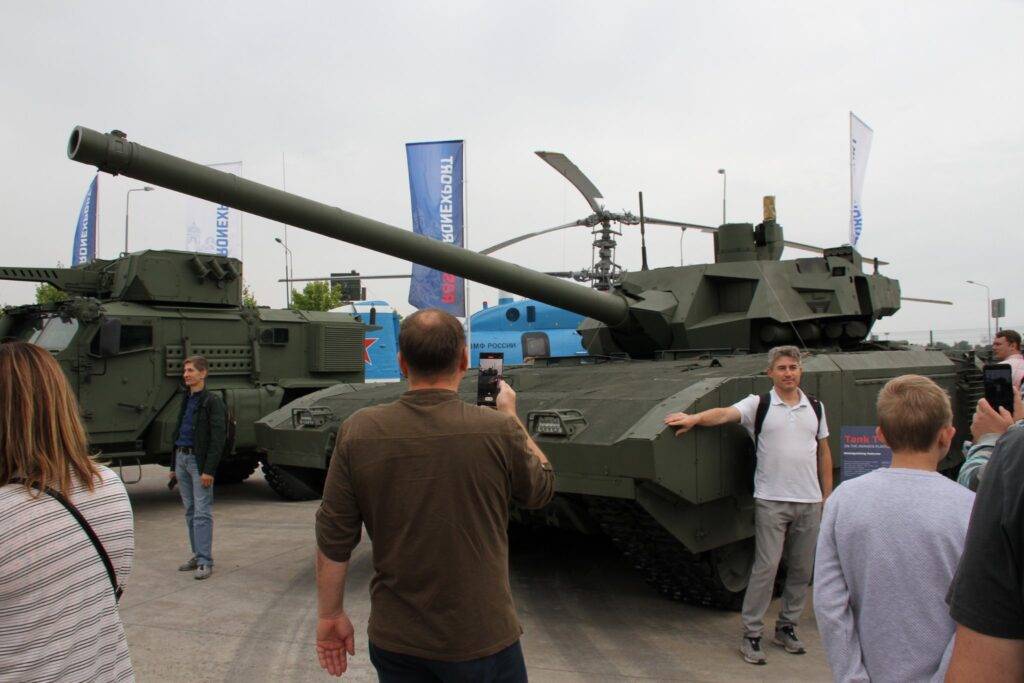
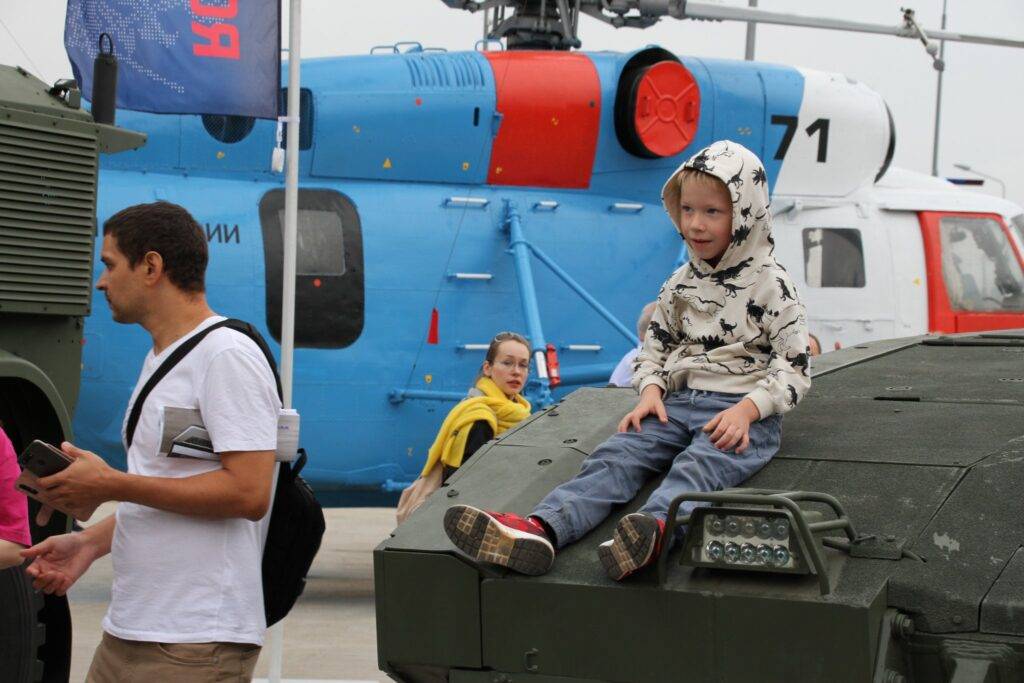
Other standouts in the armored vehicle lineup were the (terminator?) based on the T-90 chassis and the Kurganets-25 infantry fighting vehicle. The idea of course is to keep soldiers inside armored, fast-moving formations without the need to dismount and form infantry screens. A large caliber machinegun can, in theory at least, brush aside enemy infantry in open terrain, and also (traverse) at a steeper angle than tank’s main gun to engage elevated targets in an urban environment. Making the turret automated brings the advantage of not having a human gunner who can be killed or suppressed by top-down attacks.


Kurganets-25

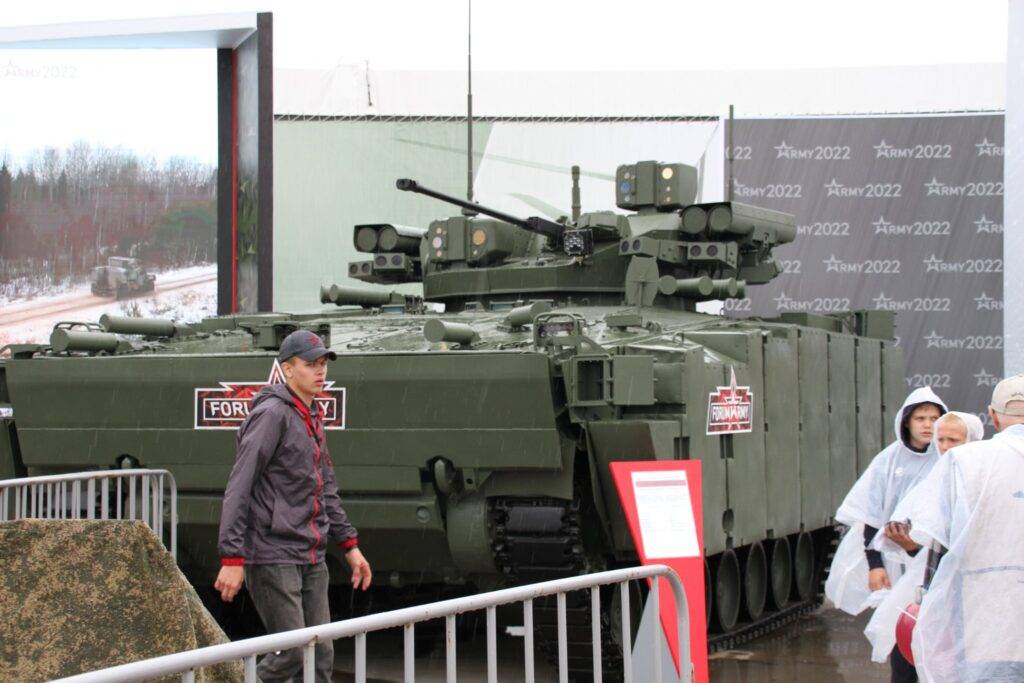
The BMP and BTR models were of equal interest. The BTR-80 in particular is much bigger than I thought it would be, even larger than the T-14. Infantry fighting vehicles do have somewhat severe limitations, but like everything else in the army, they’re not meant to operate alone. An IFV can transport troops to where they need to go, accompany tanks in an offensive, and hold a defensive line in tandem with infantry ATGMs. Especially with that 1:1 mortar and artillery support the Russians like.



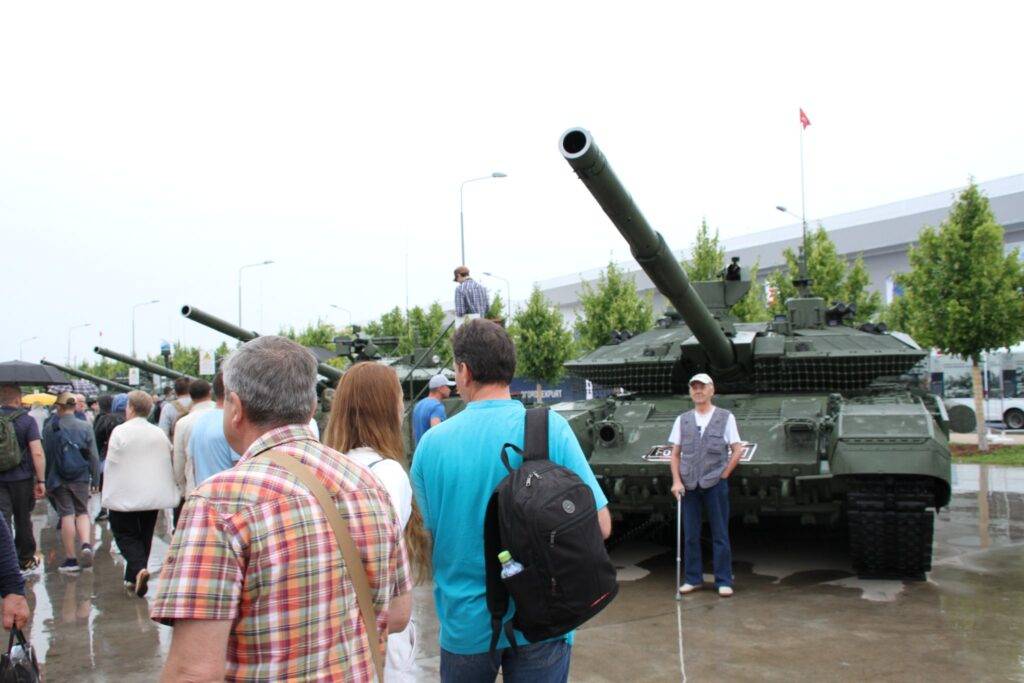
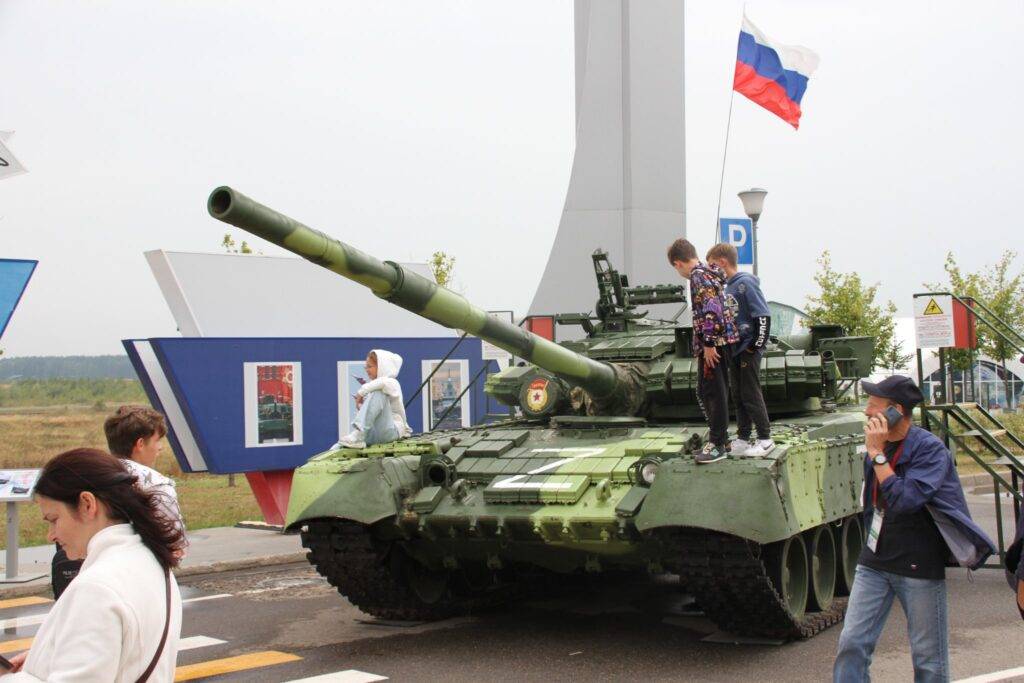



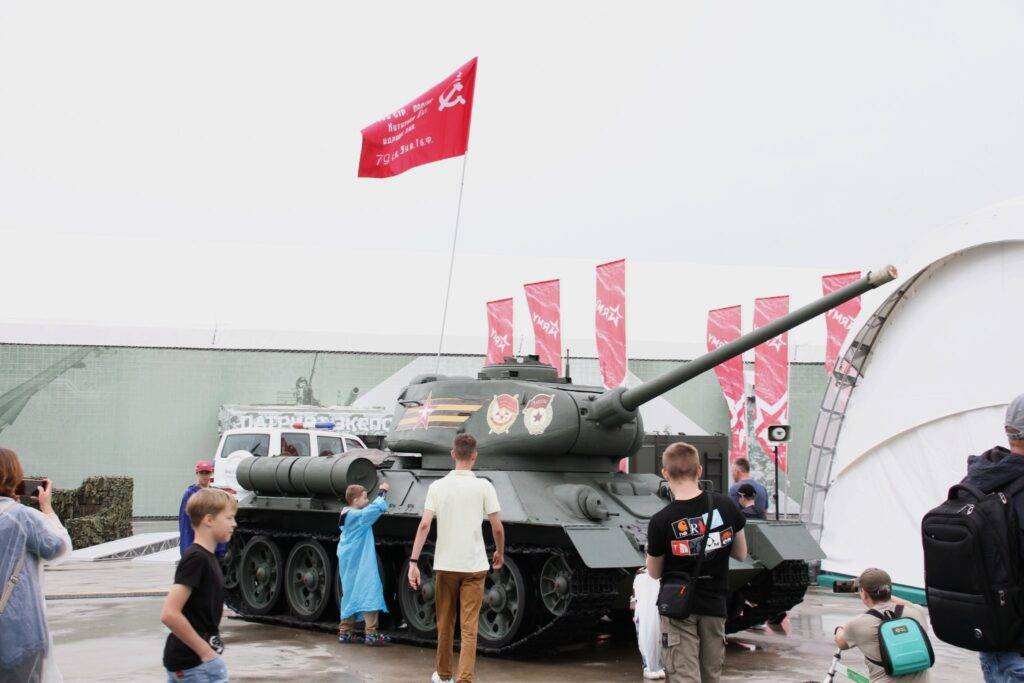
Our misadventures in Afghanistan and Iraq caught worldwide notice and even this Russian expo had a wide variety of uparmored high mobility vehicles resembling the Humvees and mine-resistant vehicles we sent to the Middle East and West Asia by the thousands. In my opinion these vehicles look just as silly as the various armored cars of the post-WWI period, and illustrate how military technology does go in circles sometimes.
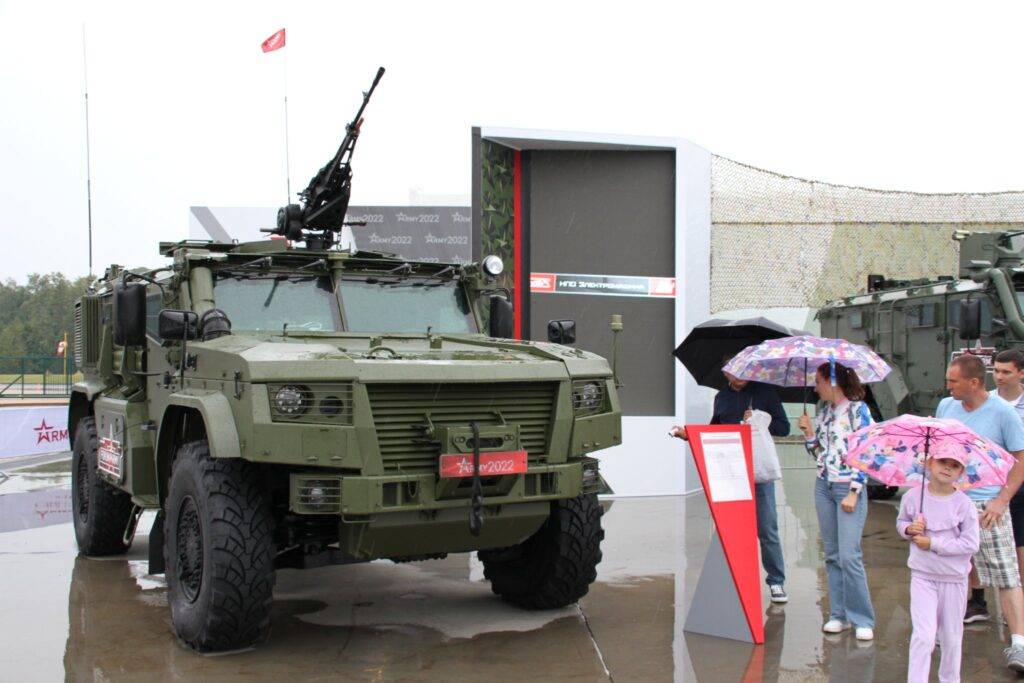
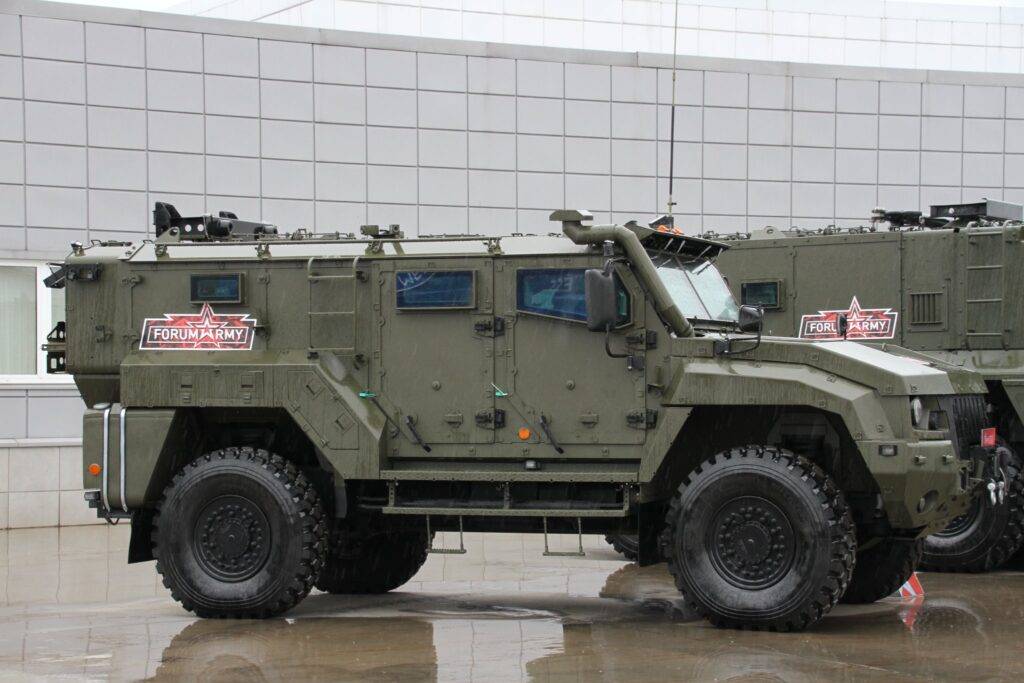
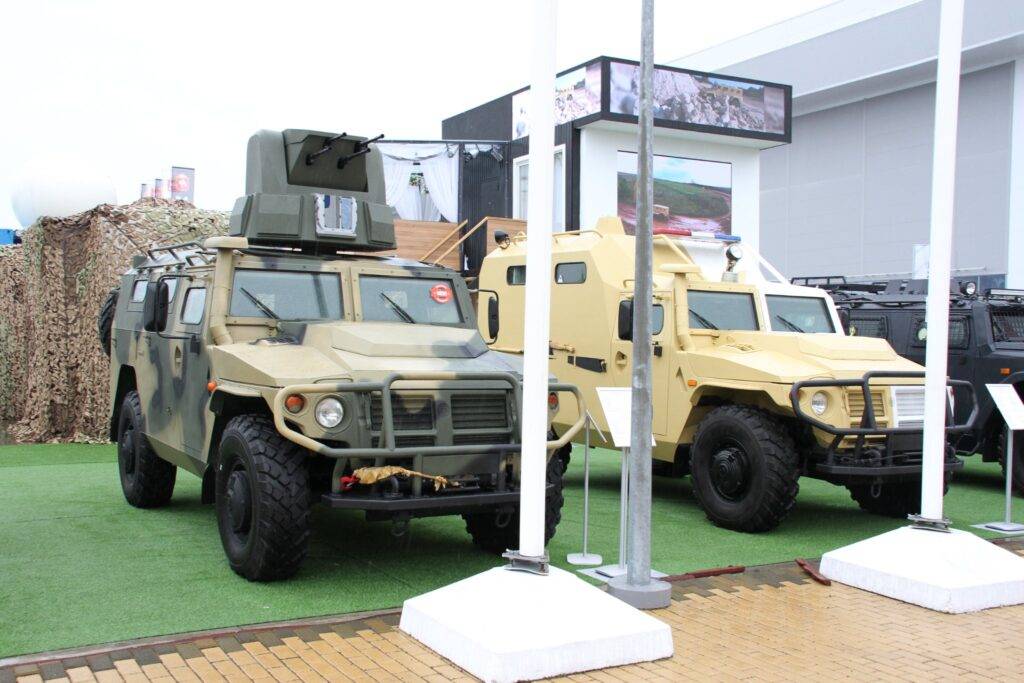

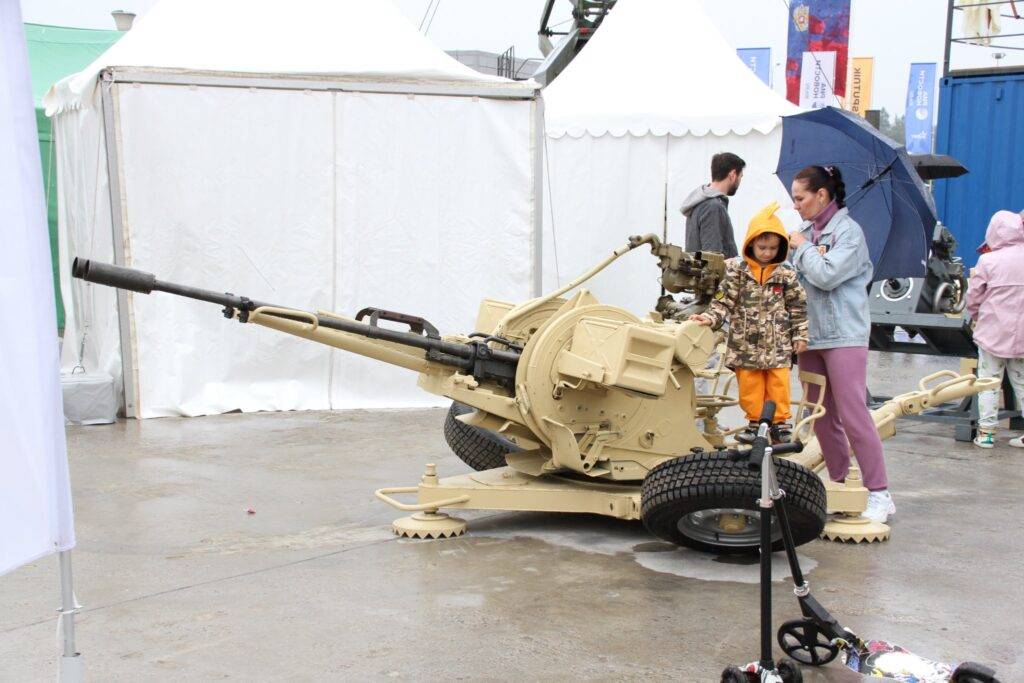

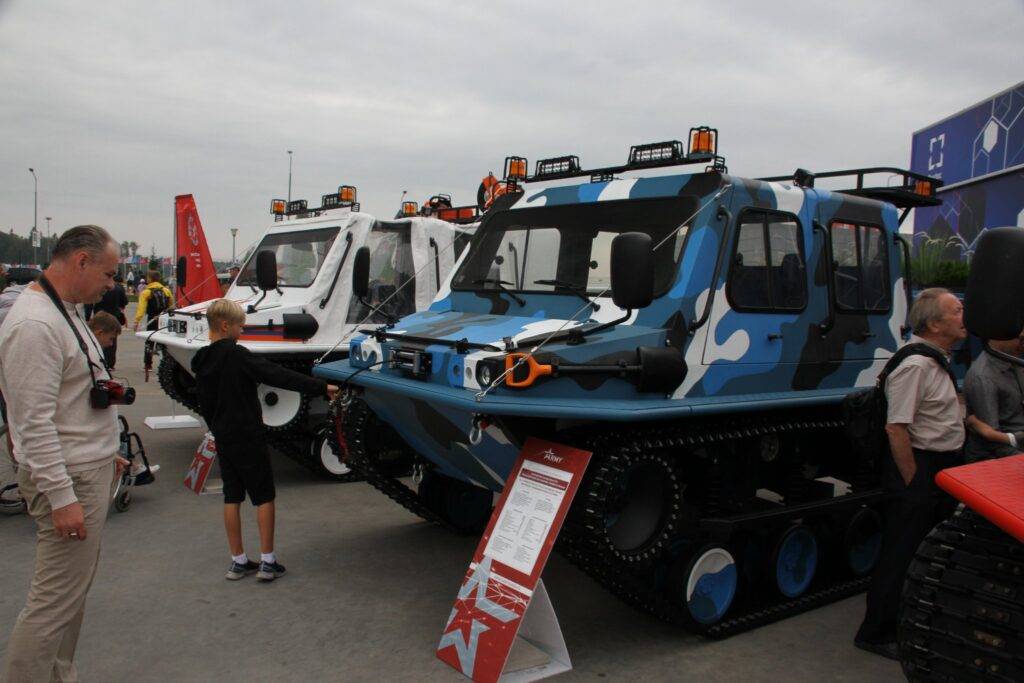
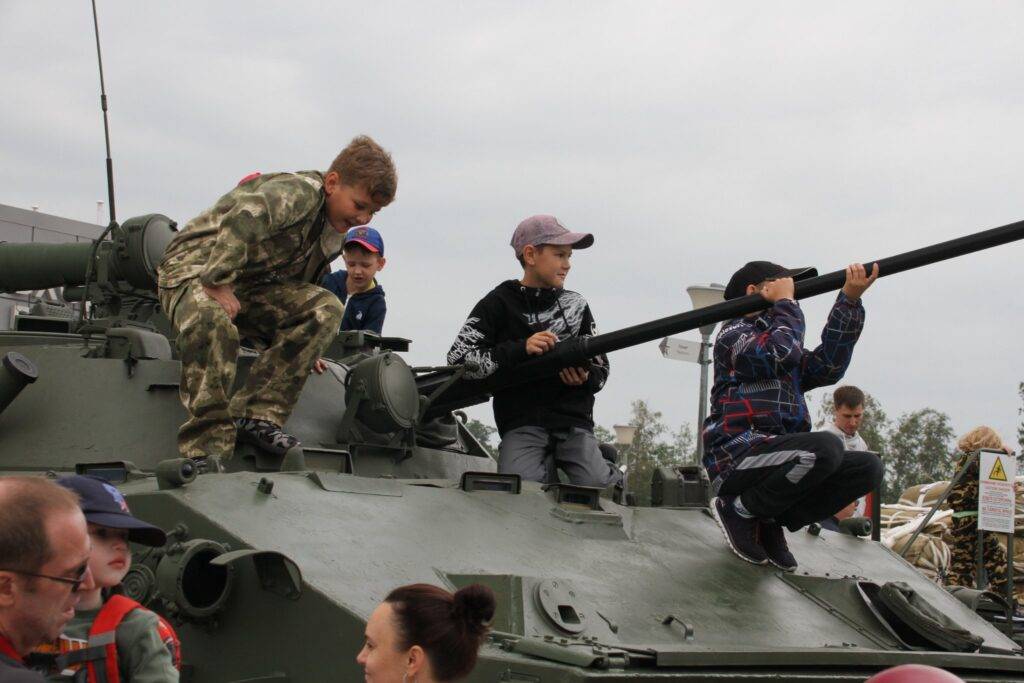
Artillery and Fire Support
The Russians like artillery. A lot, apparently. They especially like self-propelled mortar and artillery solutions, which fit in with their overall model of mechanized warfare.
They do have a self-contained suite of vehicles and guns small and light enough to be paradropped, but as a landbased power they have a much more compact emphasis on the need for equipment to be easily transported by sea and air. That said, everything needs to be under a certain weight threshold to be suitable in the real world of suboptimal bridges and unpaved roads. Hence, for example, their emphasis on three-man tank crews with an auto-loader.
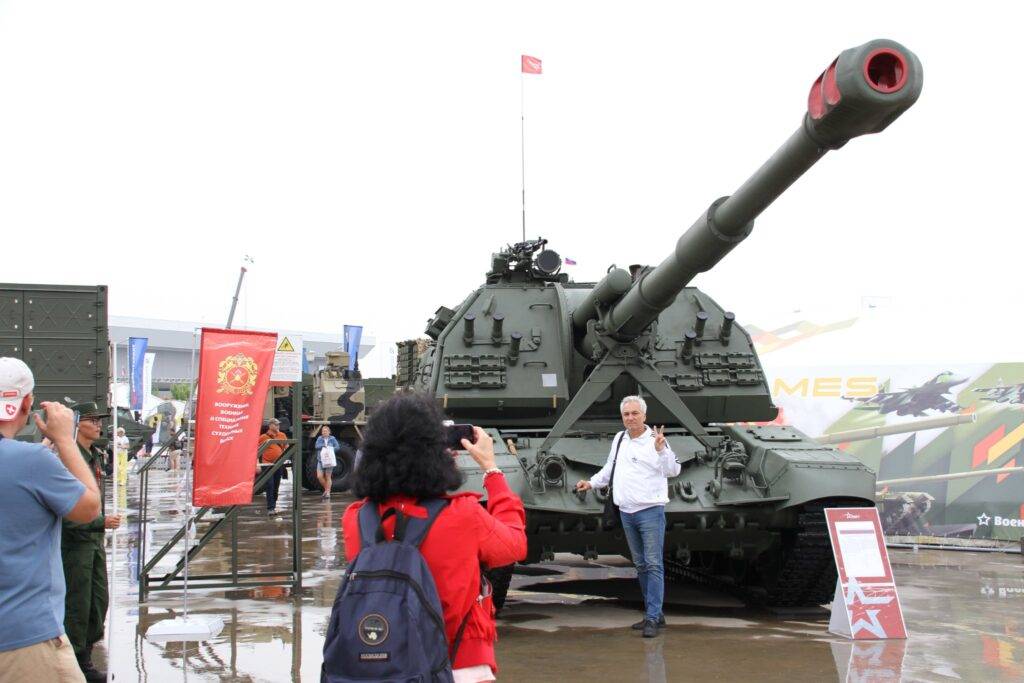

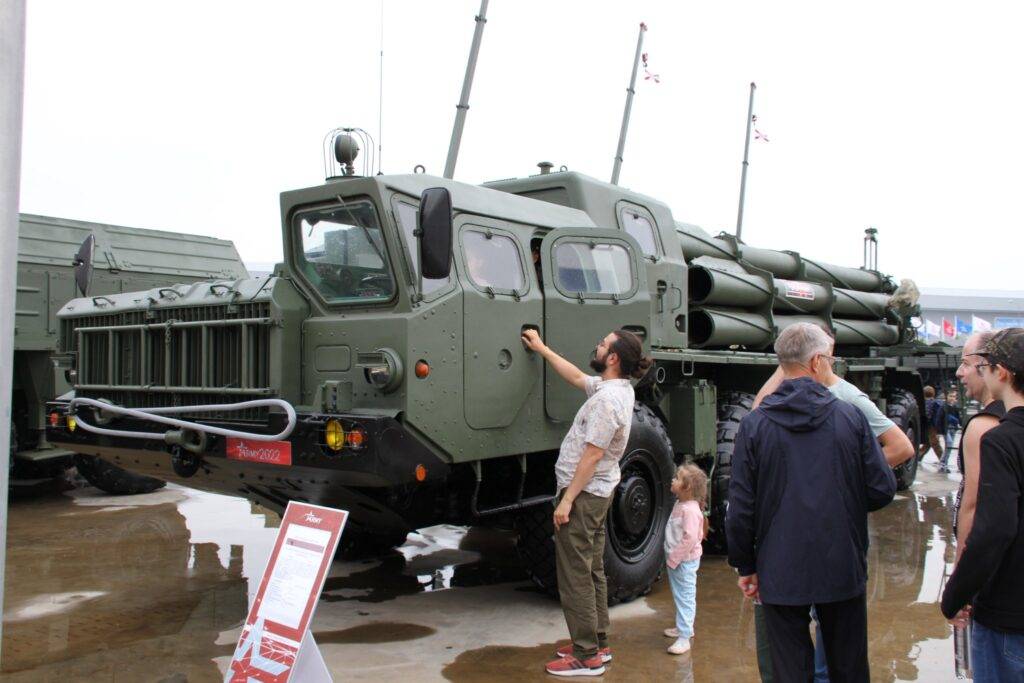
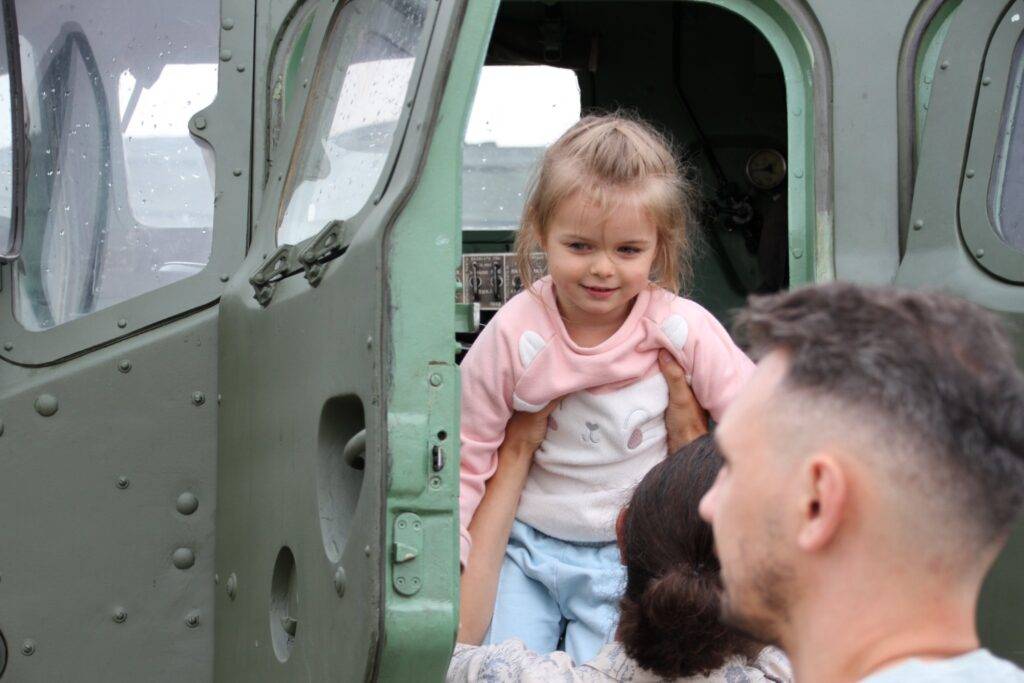



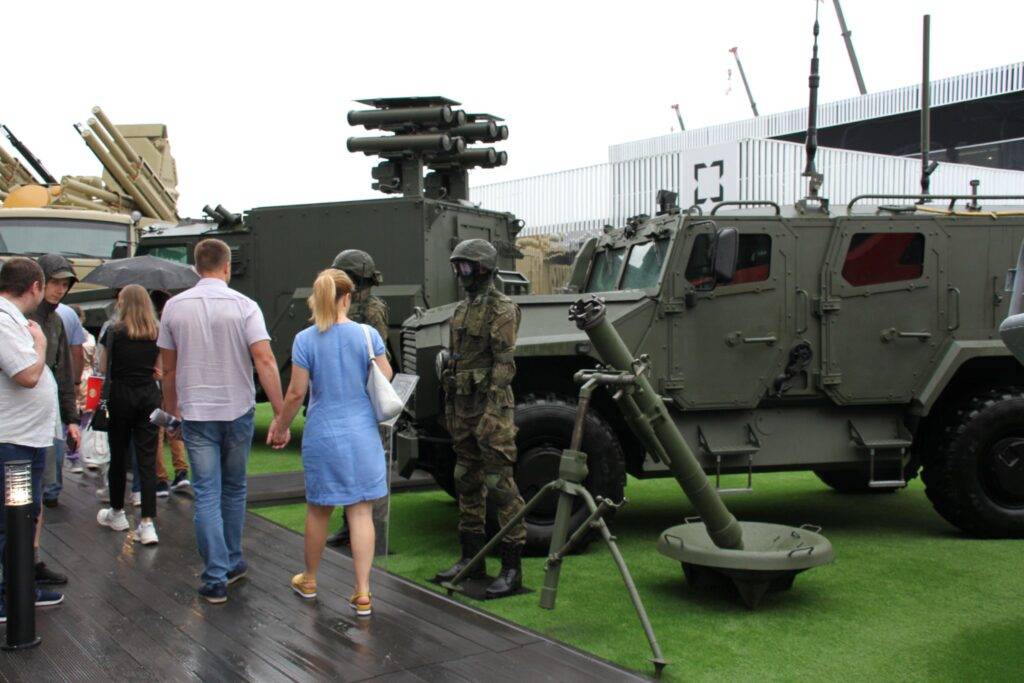
Air Defense
War could be simplified to a game of “rock, paper, scissors.” In other words, a matter of using the correct weapon at the correct time and place against the correct opposing weapon. Russia’s most likely peer adversary is, unfortunately, a NATO country – most likely multiple NATO countries at once. NATO is built around (American) air power. So perhaps it should have come as no surprise to me that there would be a variety of air defense platforms sprinkled around the displays, including the famous S-300 and S-400 systems.

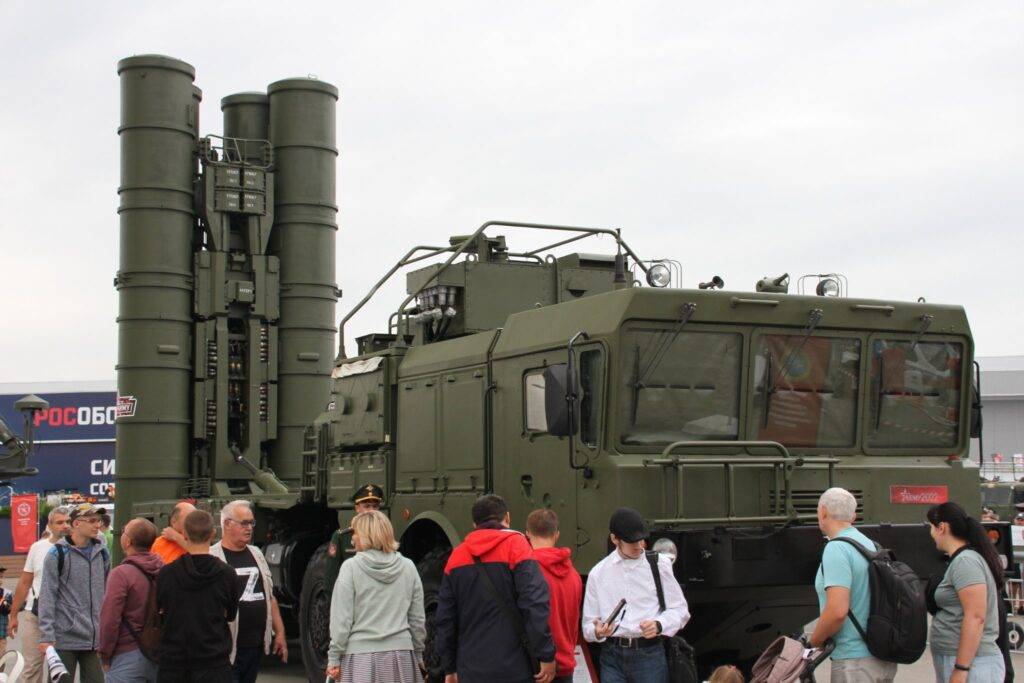
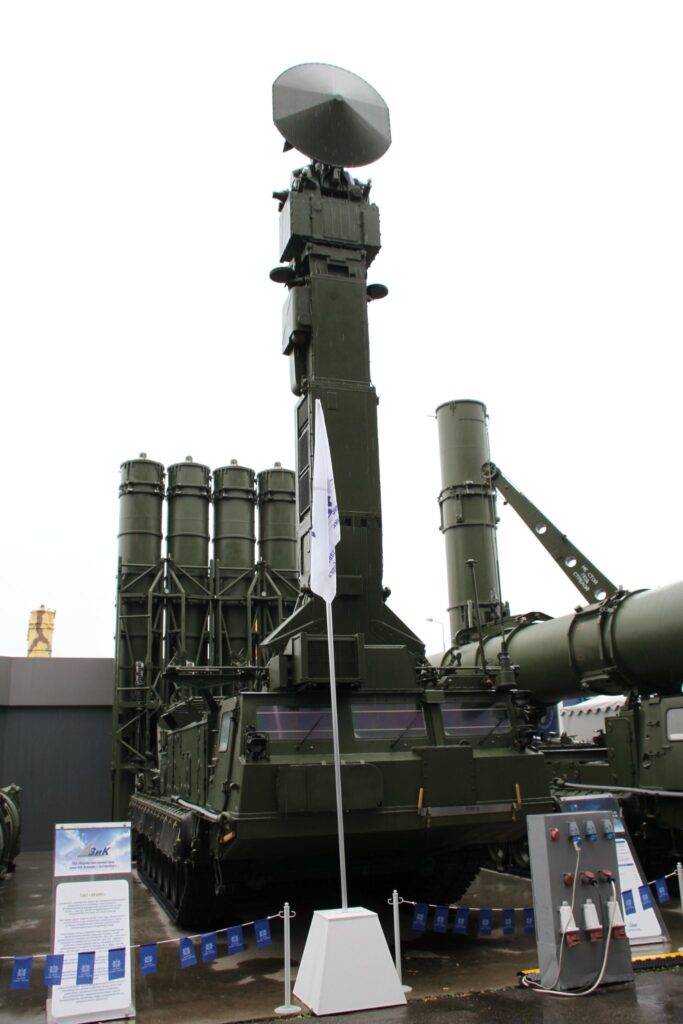
Communications
The motor pool and indoor pavilions boasted a full range of secure communications solutions from handheld radios to laptops and (radio relays?). It’s not as sexy to look at as a tank or a big gun, but it is one of the most critical aspects of warfare, and something potential buyers of military hardware would want to see.

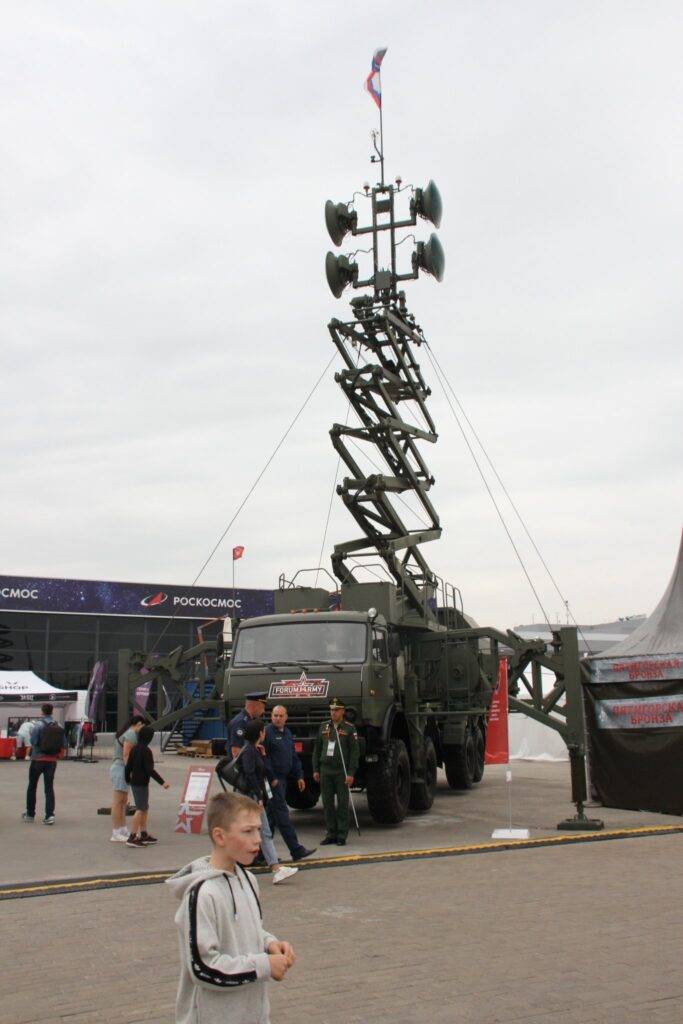
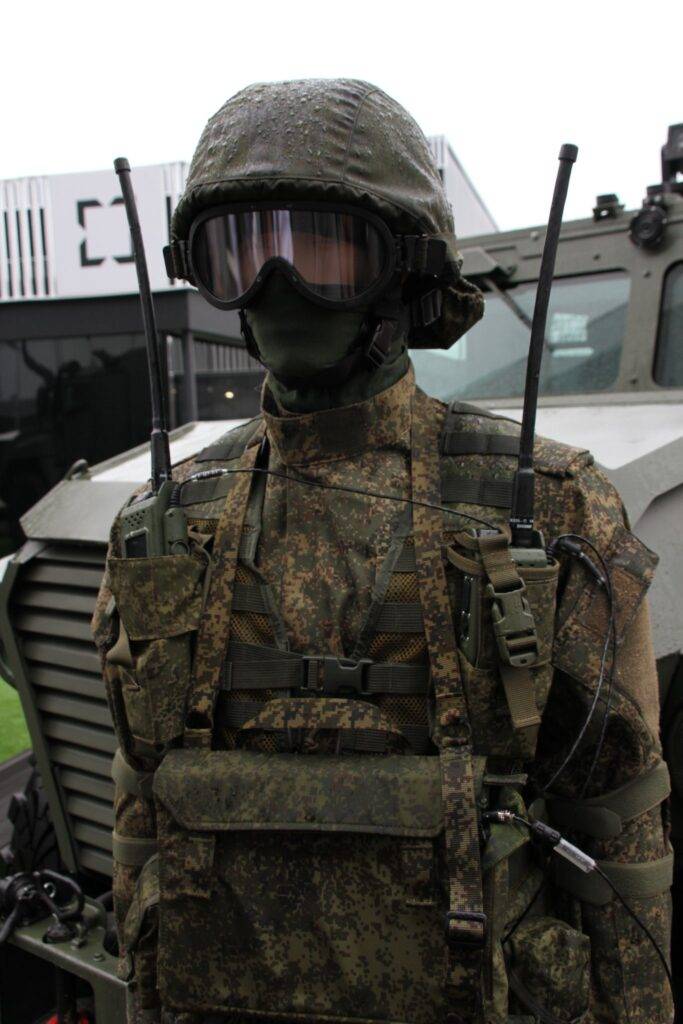
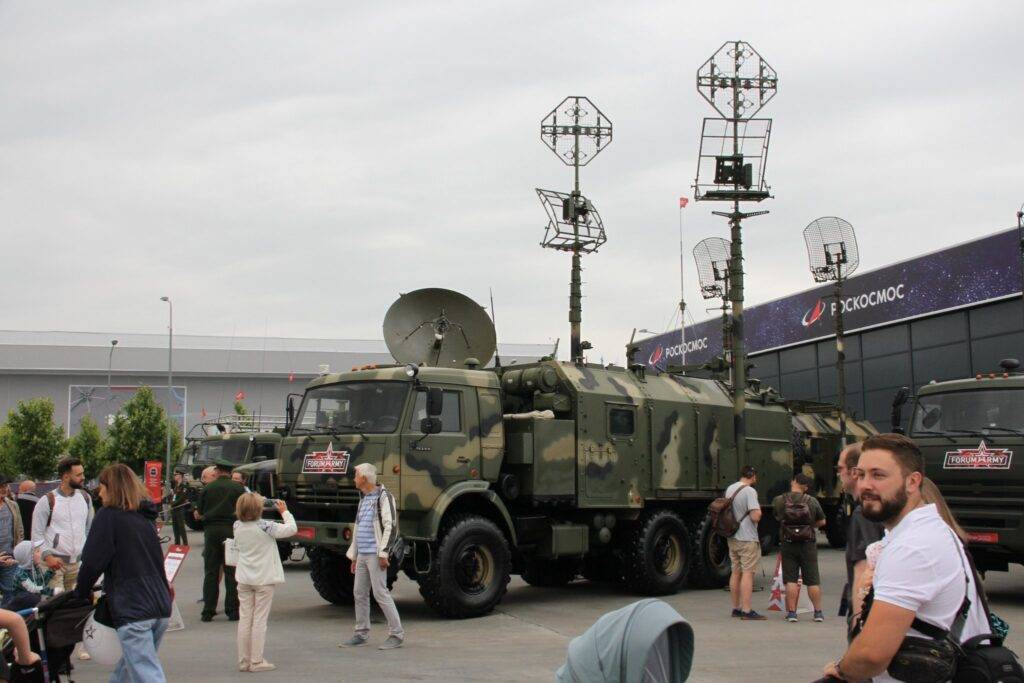
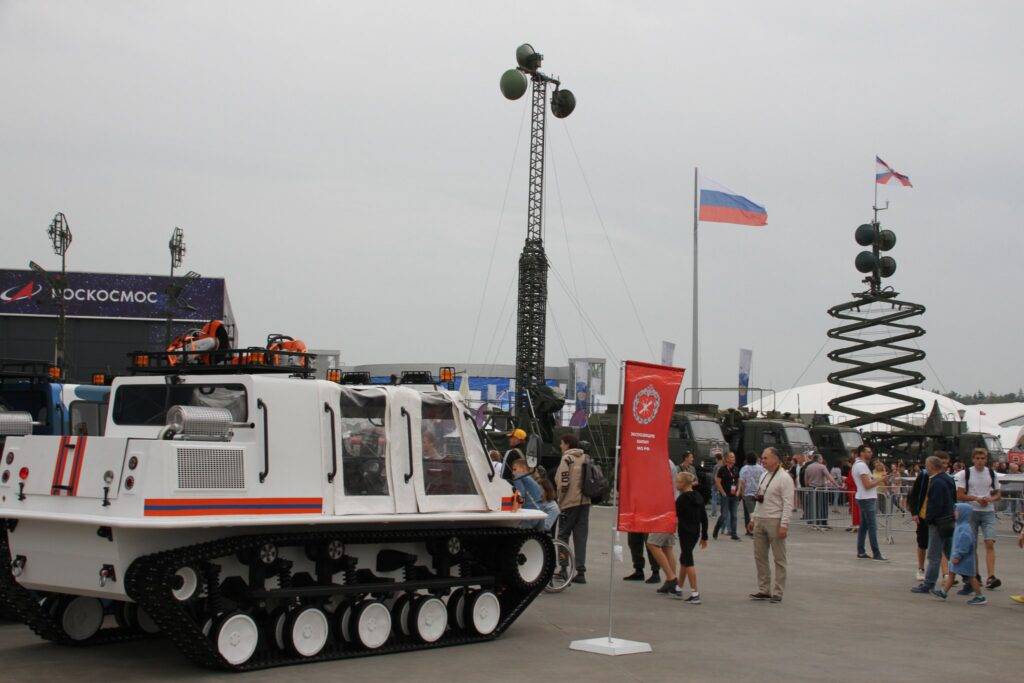
Medical
It seemed like almost every vehicle lineup had an ambulance configuration, and the reasoning for this might go beyond what is immediately obvious. If someone invests in one particular vehicle type, like the Tiger for instance, he’ll get a full range of cars suitable for a wide range of roles and have mostly interchangeable parts. There were also, interestingly, normal civilian-style ambulances on display along with fire trucks. It’s not my field to opine deeply on, but one could theoretically see medical equipment for the first, second, and third echelons of a military organization without leaving the exhibit.

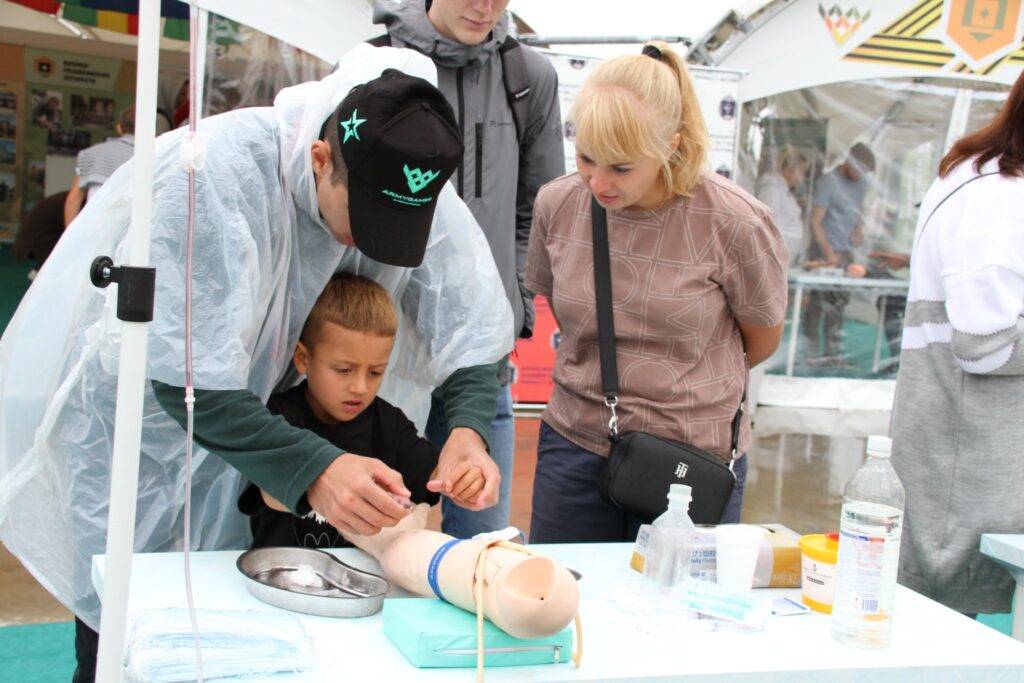
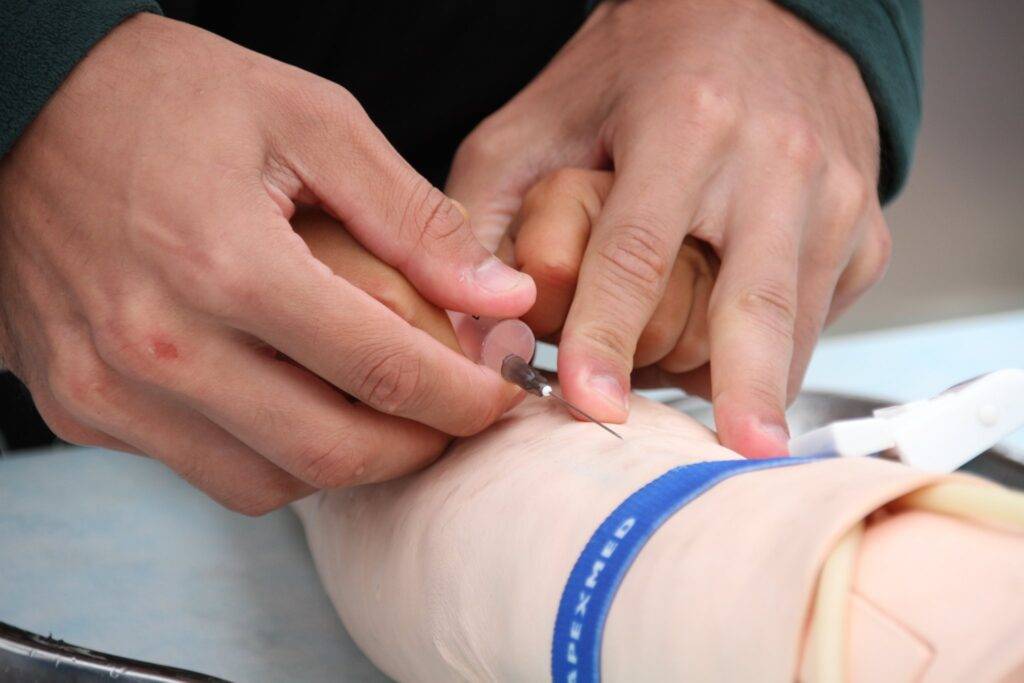
Logistics
Many, many different types of trucks, cranes, forlifts, and other tediuous but crucial platforms to “move an army on its stomach.” Also, as I mentioned earlier, a lot space and attention was given to “civilian” tech and vehicles
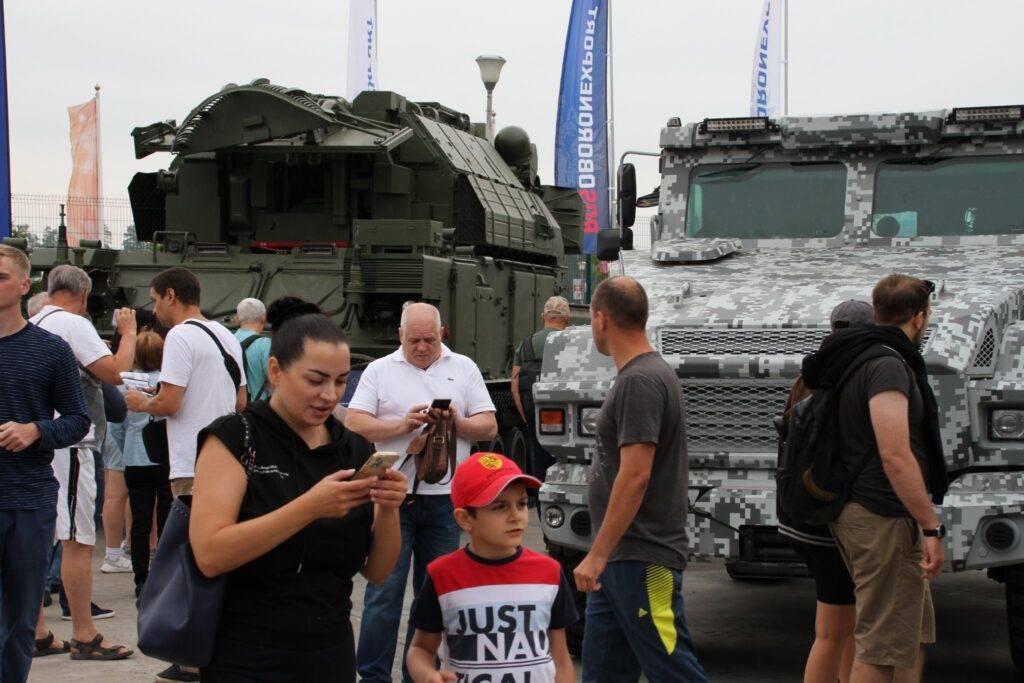

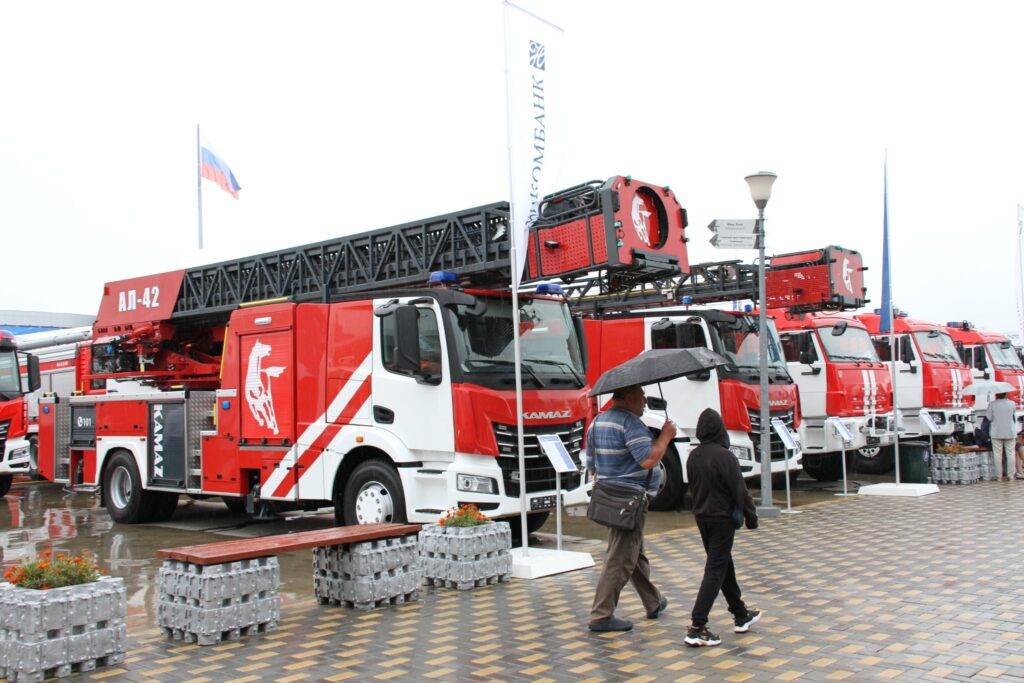
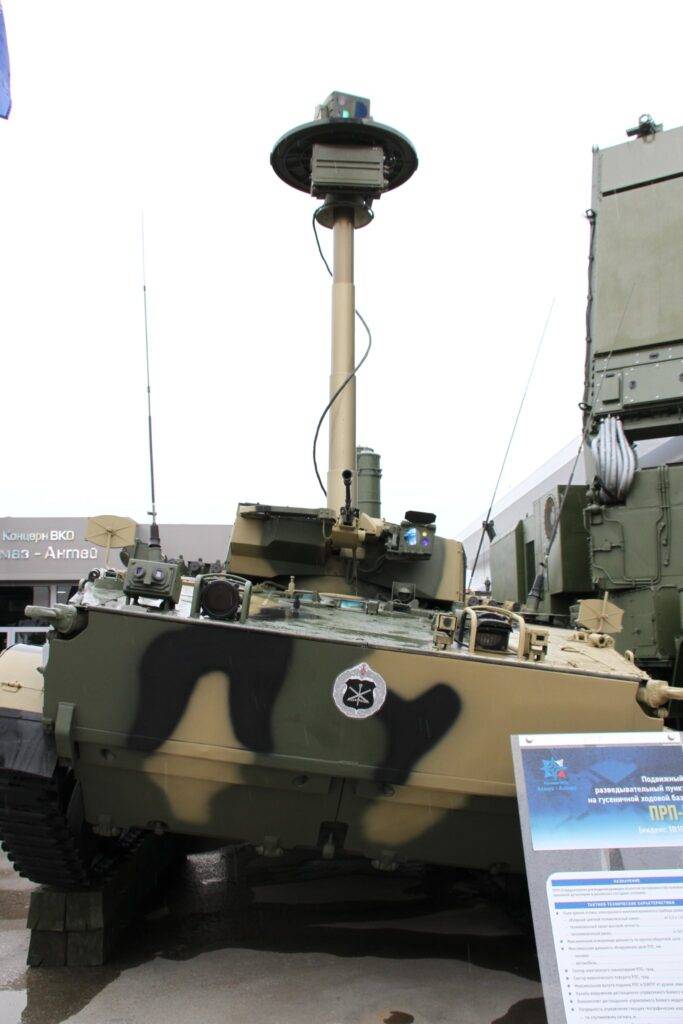
Aviation
As someone who couldn’t visually tell the difference between a MIG-29 and an F-18, I don’t have a lot to say about the aviation aspect, except there were a variety of fixed and rotary wing aircraft present, manned and unmanned.
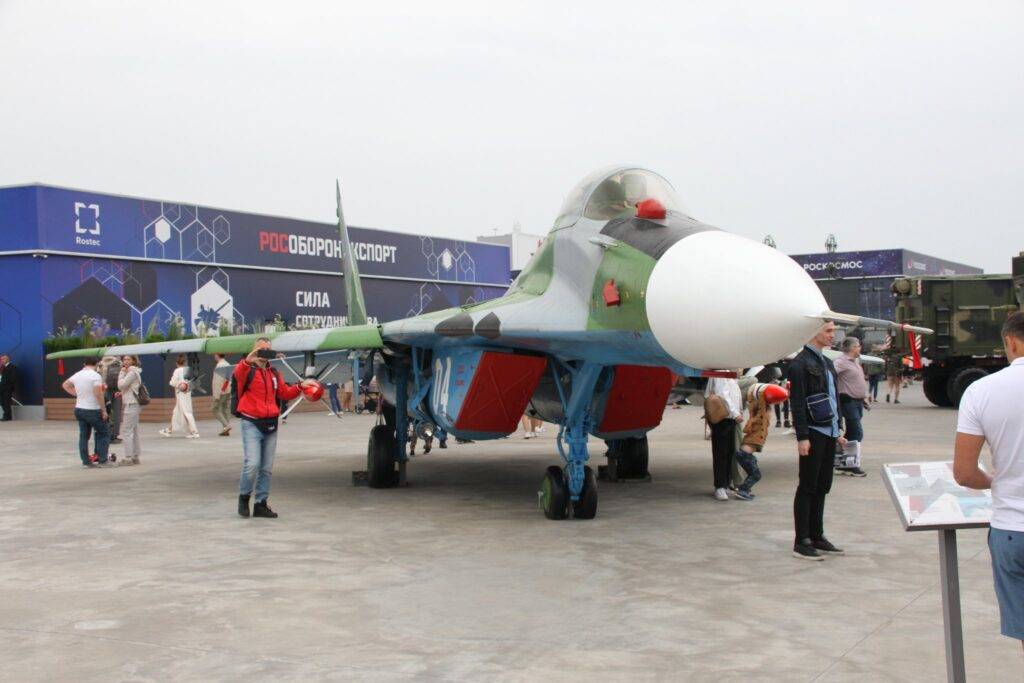

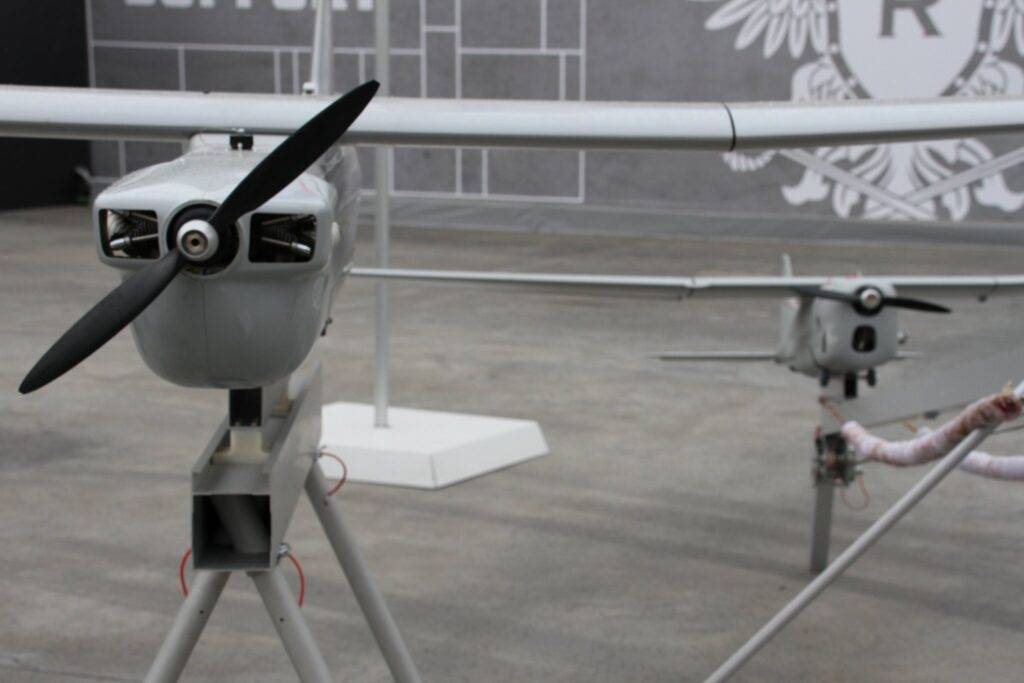
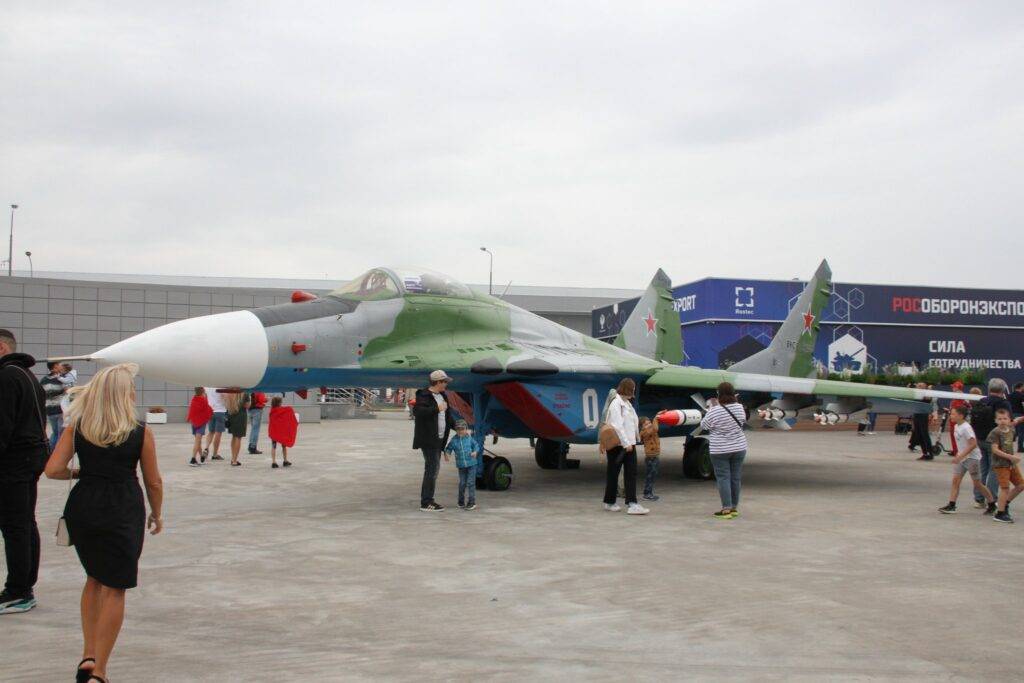


Ian Kummer
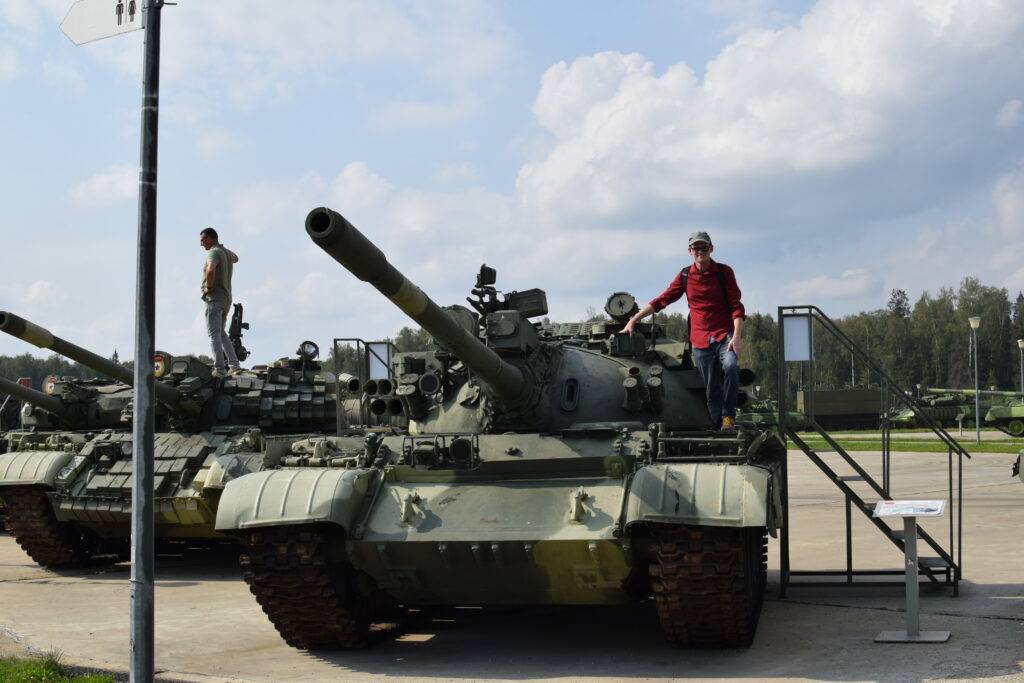
All text in Reading Junkie posts are free to share or republish without permission, and I highly encourage my fellow bloggers to do so. Please be courteous and link back to the original.
I now have a new YouTube channel that I will use to upload videos from my travels around Russia. Expect new content there soon. Please give me a follow here.
Also feel free to connect with me on Quora (I sometimes share unique articles there).

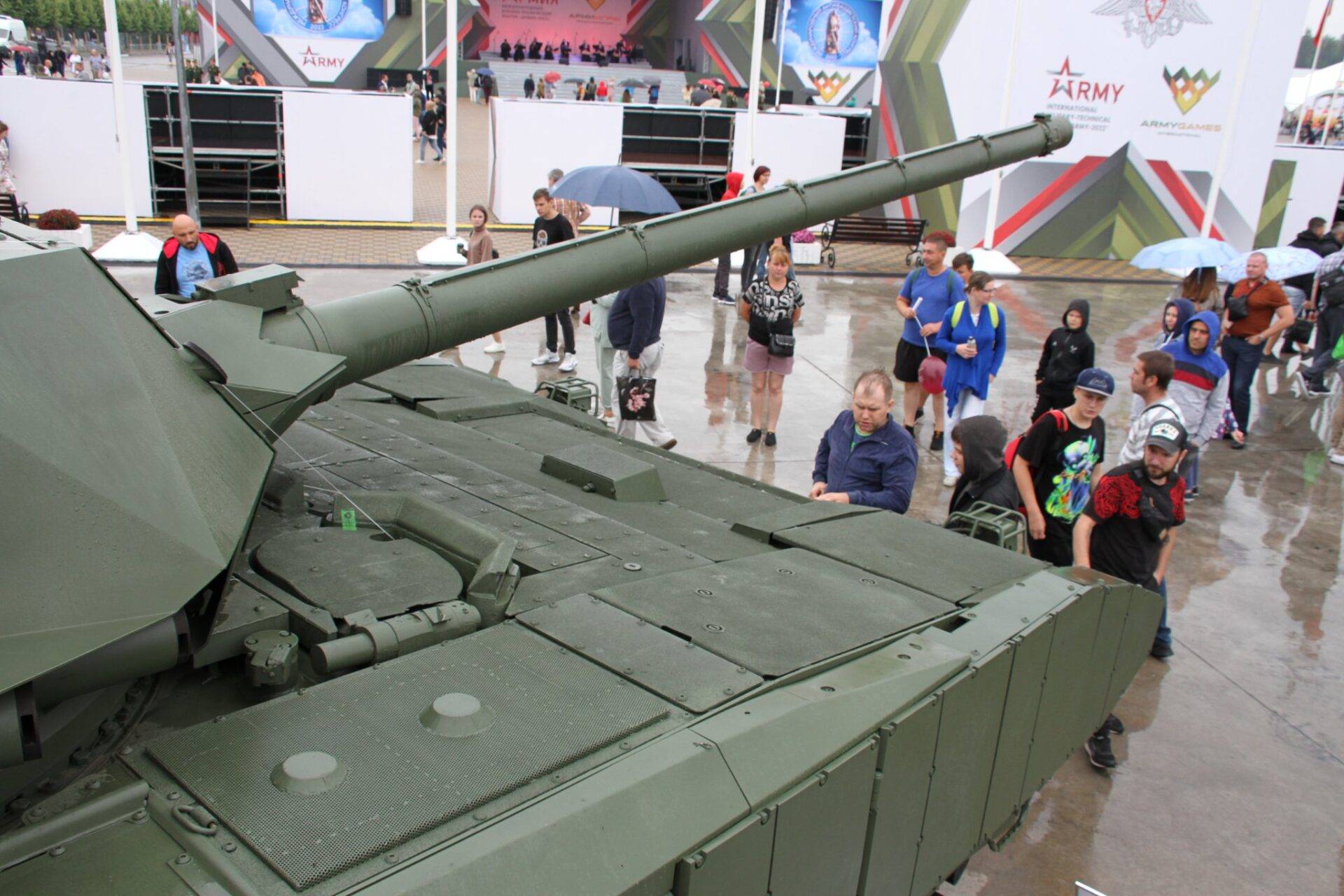

Really interesting! I love how the Russians are not ashamed of their military, to the contrary.
No pictures of captured NATO hardware, though? 🙂
here is a link to an article on a Russian website with a large gallery of photos of captured equipment at this exhibition:
https://patriotp.ru/novosti/trofeynaya-tekhnika-vsu/
That museum specifically was unfortunately closed for the day – I think due to the Shoigu visit. I did actually see some foreign military guys walk out of the building while I was by the bus stop.
Thanks for the link.